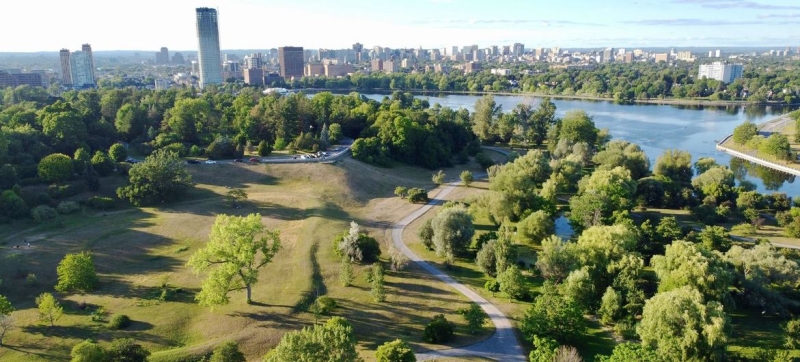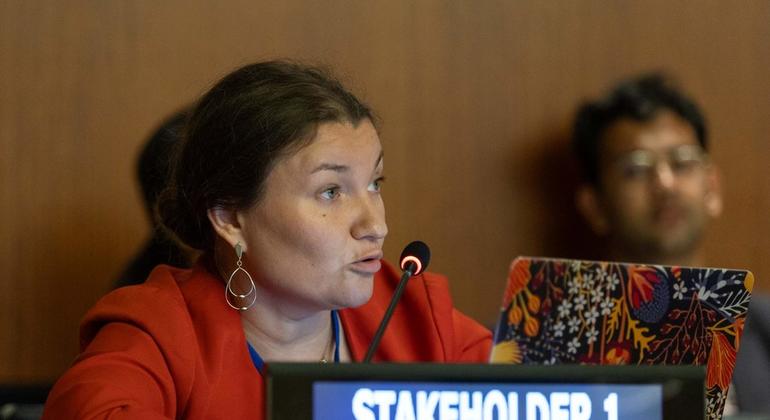
Many megacities are already incorporating elements of sustainable development into urban planning. INTERVIEW | What should the ideal city of the future be like? Sustainable Development Goals
The UN estimates that by 2050, almost 70 percent of the world’s population will live in cities. Urbanization brings not only economic opportunities, but also serious challenges: from increasing waste volumes and overloaded infrastructure to social vulnerability. On the eve of World Cities Day, sustainable development expert Nelya Rakhimova spoke to the UN News Service about the challenges facing modern human settlements and what the city of the future might look like.
World Cities Day, which is celebrated on October 31, this year is held under the theme “People-Centered Smart Cities.”
Cities and Sustainable Development
“There are many examples around the world of how cities can develop sustainably,” notes Rakhimova. “Especially now, when we are faced with the problems of climate change, sustainable urban development is a solution that we should all not only look closely at, but fully implement in all processes.”
Many megacities are already incorporating elements of sustainable development into urban planning: they are modernizing transport systems, developing digital infrastructure, and introducing smart technologies to improve the quality of life. At the same time, it is important not to be limited to technological solutions, but also to support social justice, equal opportunities and the involvement of citizens in decision-making, the expert believes.
Main challenges
Among the key environmental problems of modern cities in Russia, Rakhimova identifies air pollution, waste management – including waste sorting and the presence of landfills within the city. – and adaptation to climate change. Increasing floods, hurricanes and extreme temperatures are already a reality, and urban infrastructure is often not designed to cope with such stress. The number of people affected by the effects of climate change is increasing, particularly among the elderly population.
Social challenges are no less pressing. Cities tend to have a concentration of vulnerable groups. These include homeless people, the LGBT community, migrants, and women experiencing domestic violence. Civil society plays a huge role in supporting these groups, Rakhimova emphasizes.

Speaking about economic challenges, she noted that Russia is characterized by uneven regional development. “The outflow of citizens from small settlements and cities to larger ones continues for the sake of opportunities, infrastructure, cultural and entertainment aspects,” she explained.
Among the examples that require special attention, the expert highlighted single-industry towns. “If we followed the principles of sustainable development and were committed to a just transition, we would need to rebuild the economies of cities that were originally created for mining,” she believes.
Civic Initiatives
According to Rakhimova, the development of sustainable cities is impossible without the participation of citizens. People come together to solve local problems – from helping the homeless to protecting green spaces or organizing separate waste collection.
“There are many initiatives that organize waste sorting. Sometimes they can have a very local scale, but sometimes they work at the level of large cities and enable citizens to consciously approach the separation of waste, sort it, hand it over and recycle it, the expert noted. “There are also initiatives now that are put together when, for example, they want to build a park. Then the mobilization of the population occurs, and people manage to defend their interests and protect green areas or the historical heritage of cities.”
According to some reports, the number of local volunteers in the urban environment continues to grow, she added. This means that people have a need to actively participate in public life.
What should the city of the future be like
According to Rakhimova, the ideal city of the future is focused on people. “This is a low-rise development, a developed public transport system that operates almost around the clock, an infrastructure that does not break down and does not require constant repairs,” she described. Osaka: a Japanese city that recycles almost all its waste
The expert added that such cities should implement the principles of a circular economy – with the ability to recycle and reuse materials. It is also necessary to take into account the interests and needs of all groups of the population.
“Cities should be friendly to children, the elderly and people with disabilities, so that everyone feels like an equal citizen and member of society,” concluded Rakhimova.
